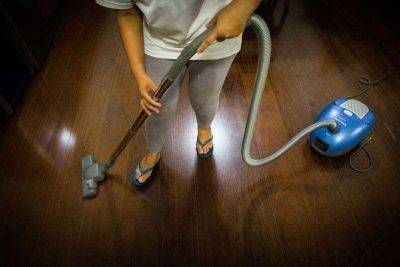EDITORIAL - Still at the bottom
Considering that schools were under lockdown for about two years due to the COVID-19 pandemic, with education shifting to remote learning, the results of the Program for International Student Assessment taken in 2022 were not unexpected. Education officials had in fact debated whether the country should undergo the assessment again, four years after the PISA conducted in 2018 showed dismal learning competencies among Filipino 15-year-old students.
The latest PISA results confirm the gravity of the problem, which education stakeholders have been aware of for years. This didn’t make the results less disheartening. In 2018 – the first time the Philippines participated in the PISA –15-year-old Filipino students ranked at the bottom among 79 participating countries and economies in terms of reading comprehension, and the second lowest in science and mathematics. The PISA assesses reading, math and science competencies for meeting real-life challenges.
In the latest assessment conducted by the Organization for Economic Cooperation and Development, the Philippines ranked 76th among 81 participating countries and economies. Average Filipino scores for reading, math and science were about the same as in the 2018 assessment, all below the global average. There were incremental increases in the Filipinos’ scores for math and reading comprehension, but these were still lower than the average in OECD countries. The Philippines ranked third to last in mean science performance.
With full in-person classes resuming nationwide only in November last year, education officials have been focused on post-pandemic learning recovery. Students and educators alike had struggled through distance learning. About 10 percent of basic education students stopped schooling during the lockdowns, many due to the economic devastation arising from the pandemic. Apart from families being unable to afford the required gadgets, students and their parents, whose involvement in their children’s formal education became necessary, found distance learning too difficult.
The public school system was also swamped with students transferring from private schools because their parents, who lost jobs or







